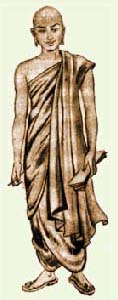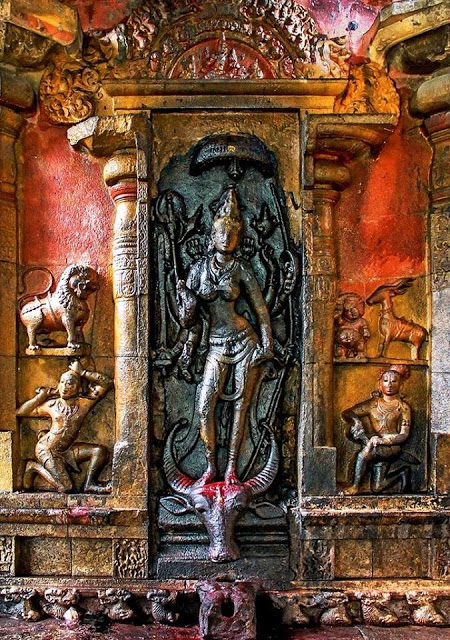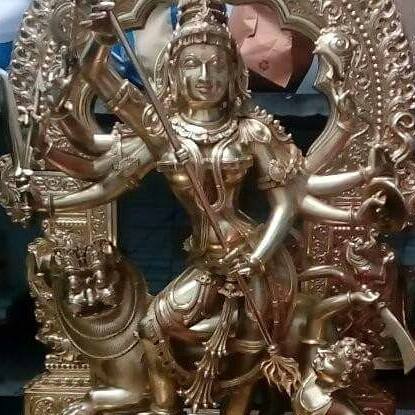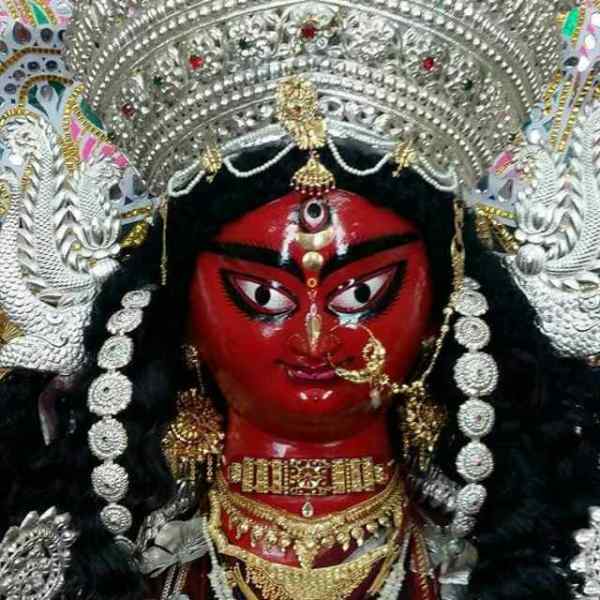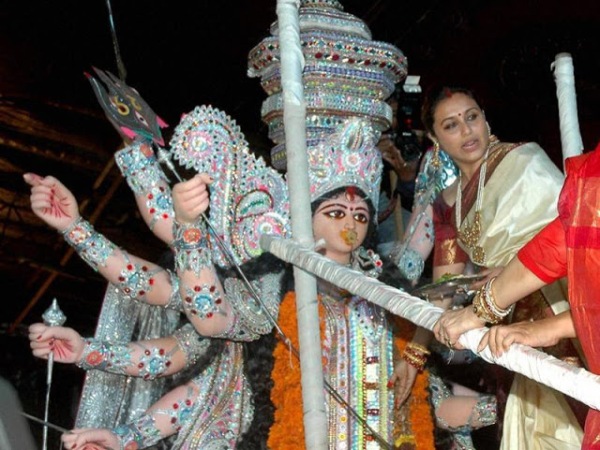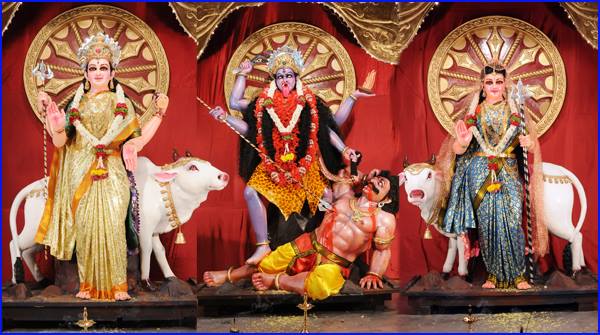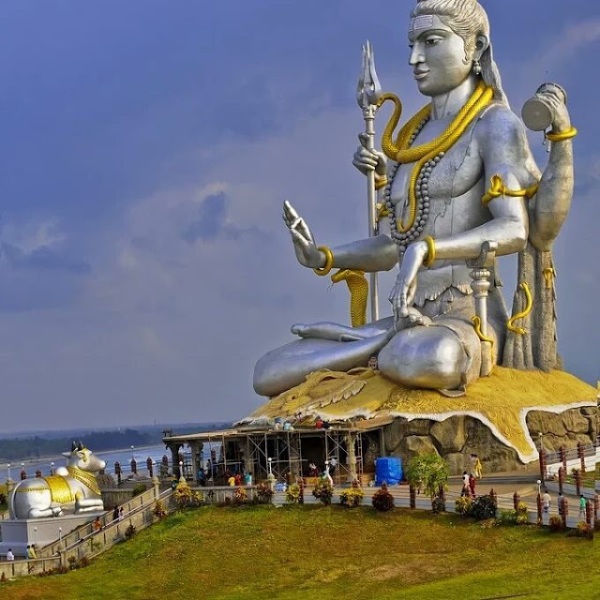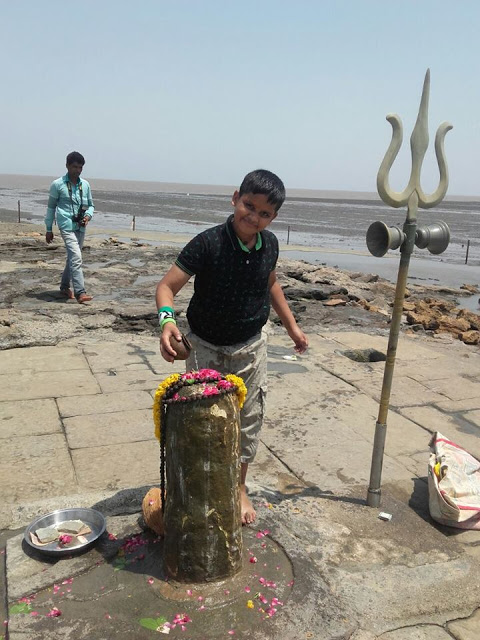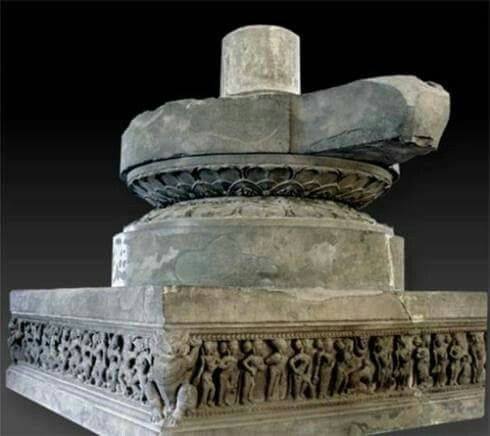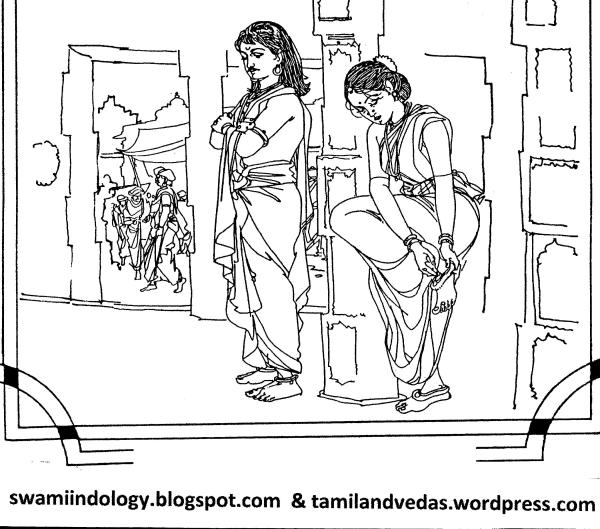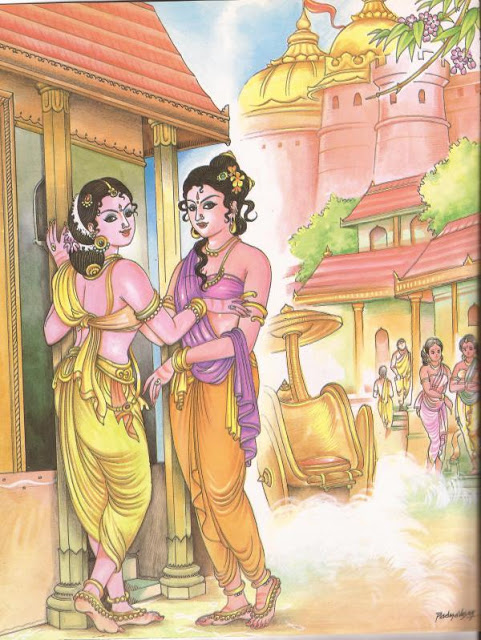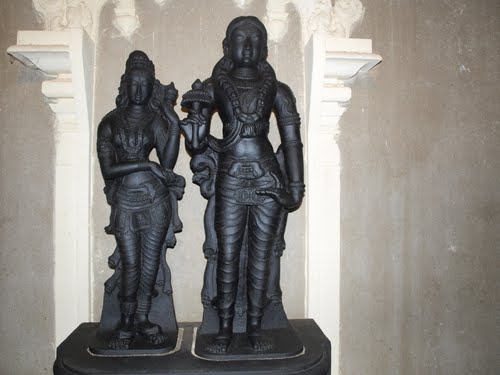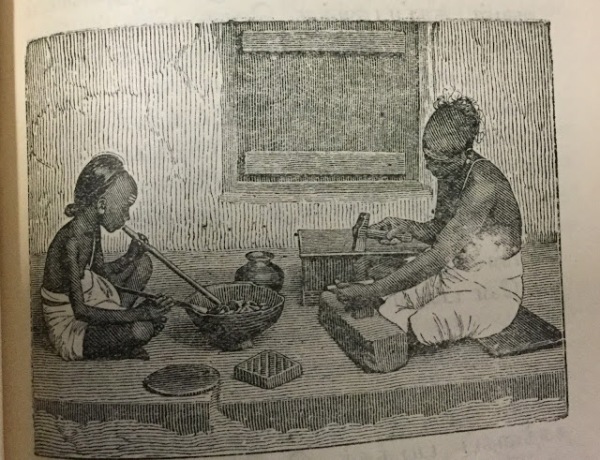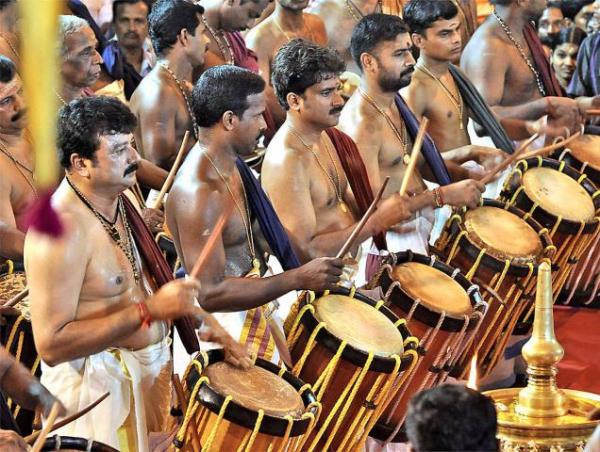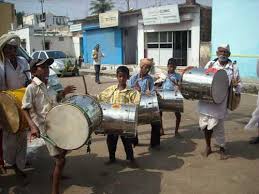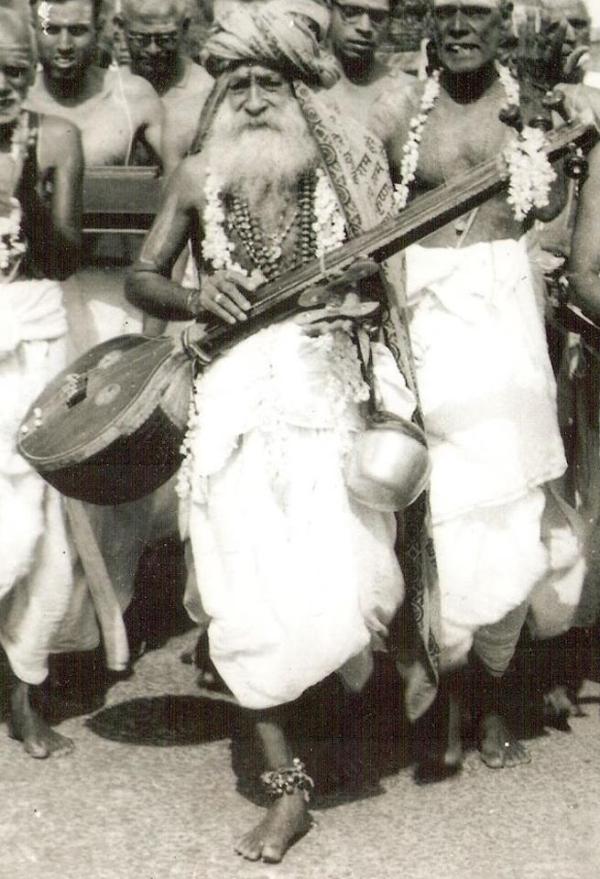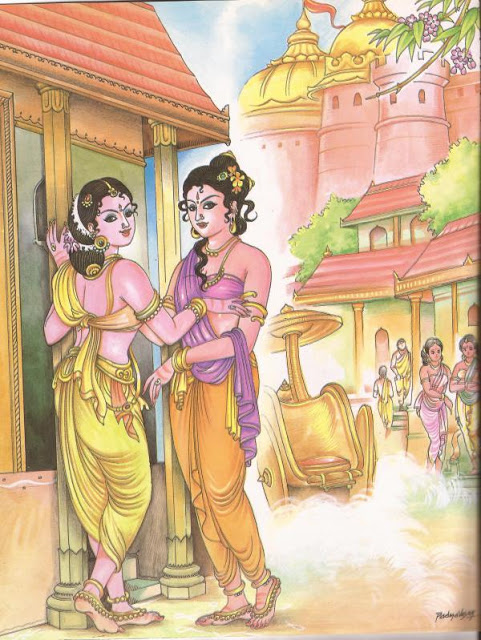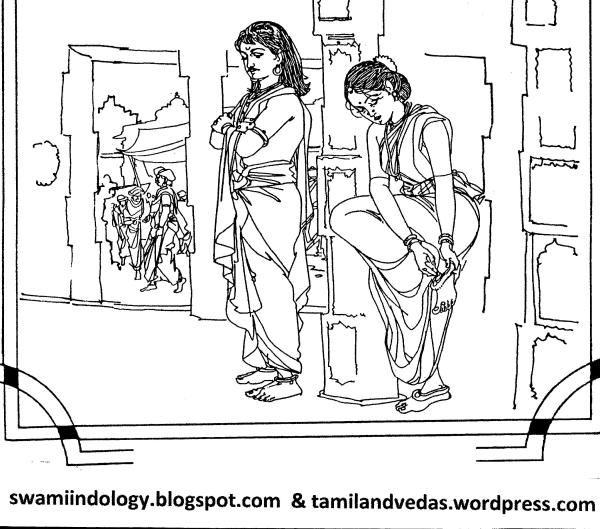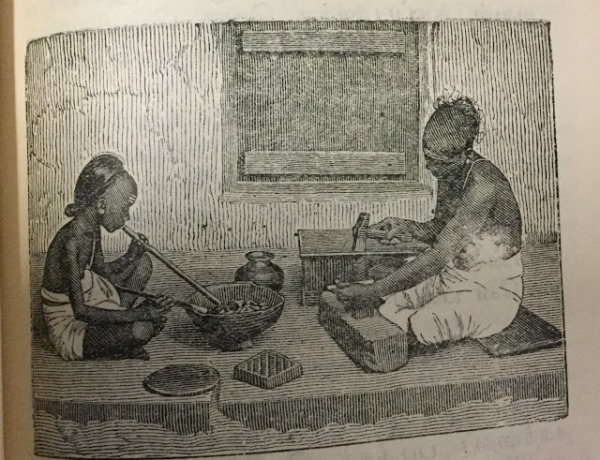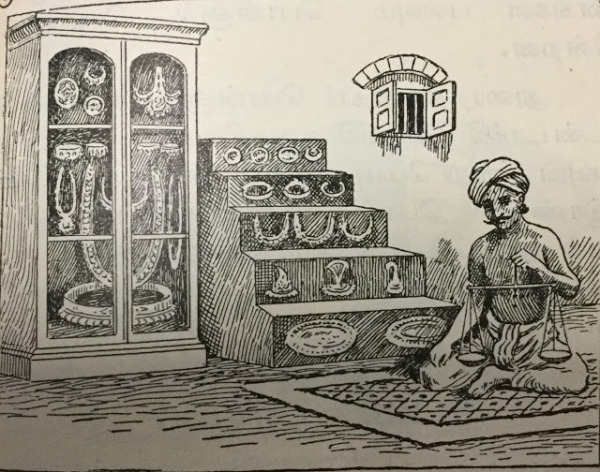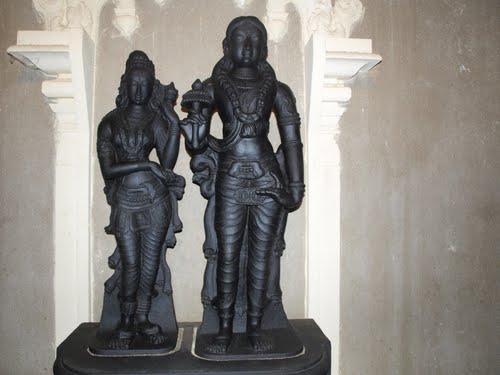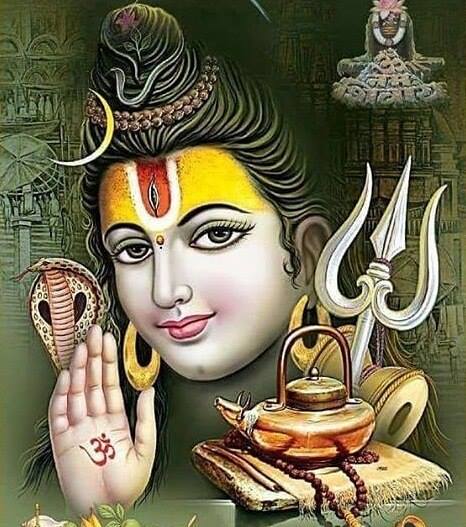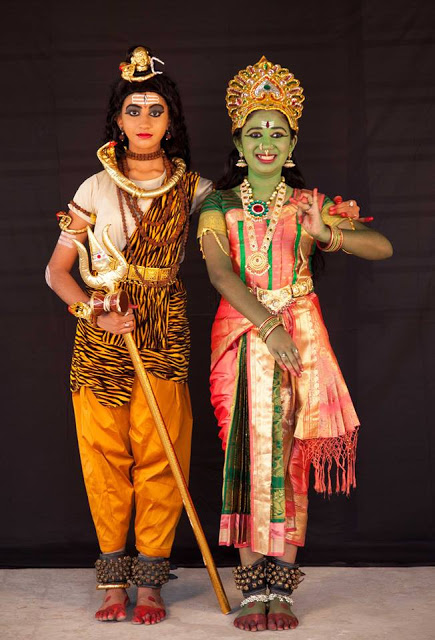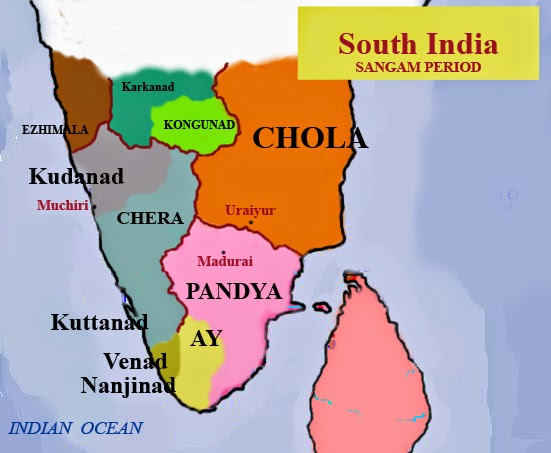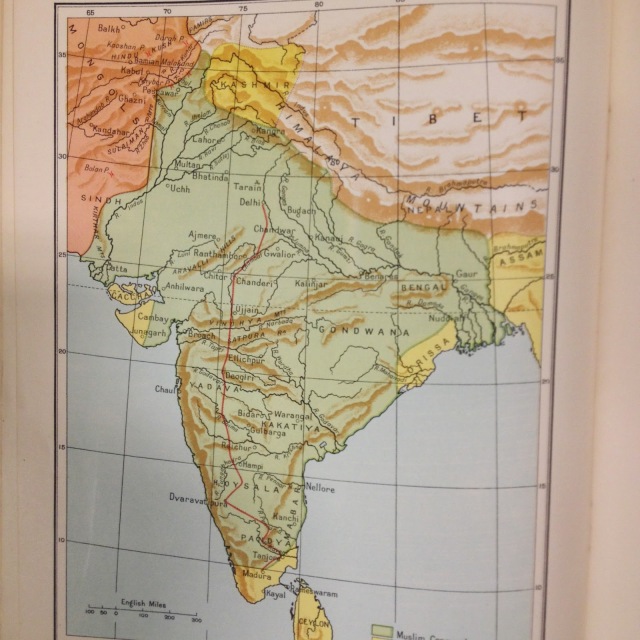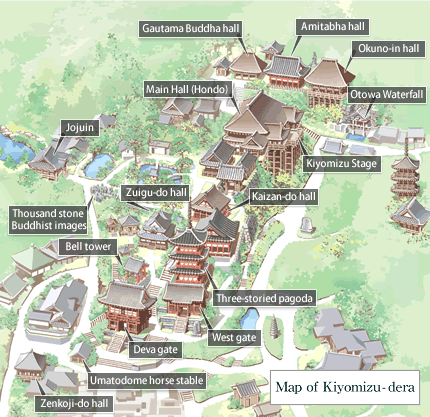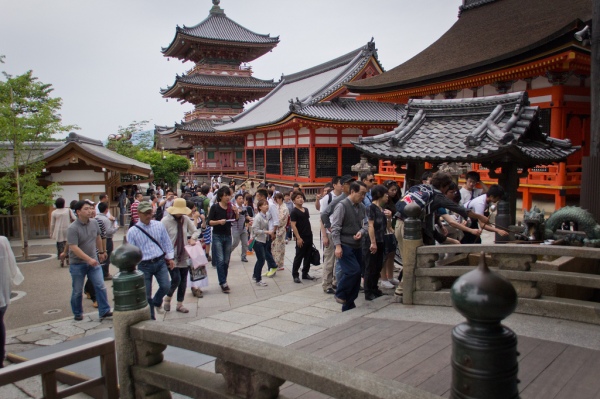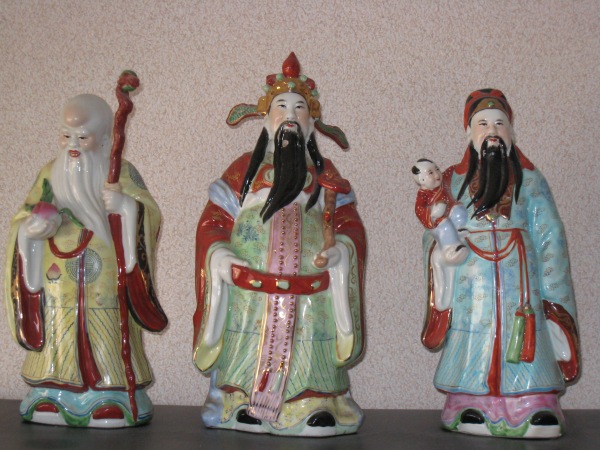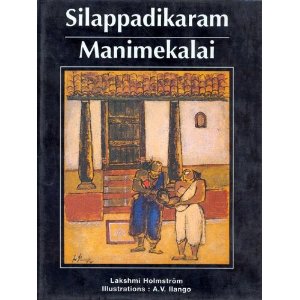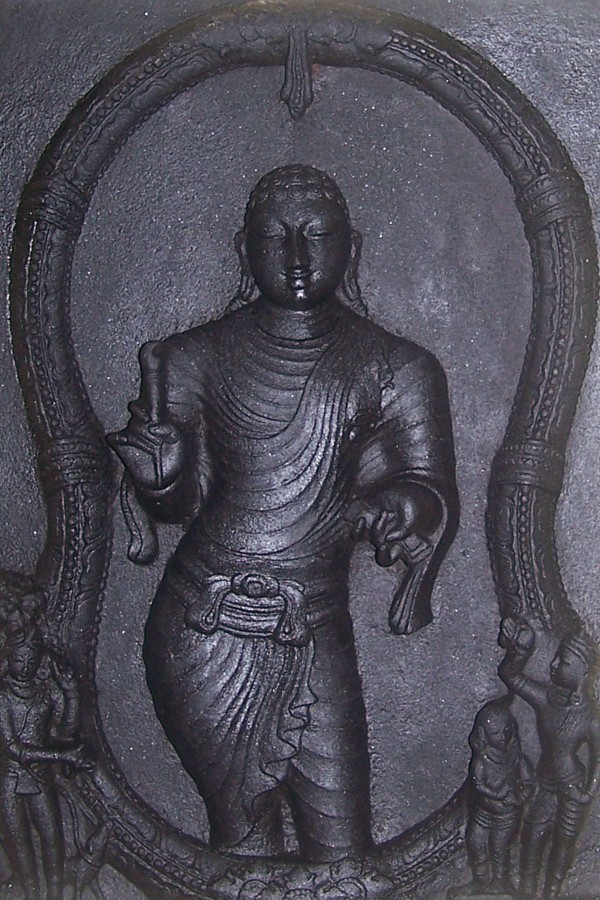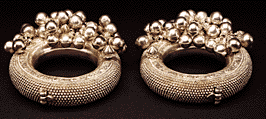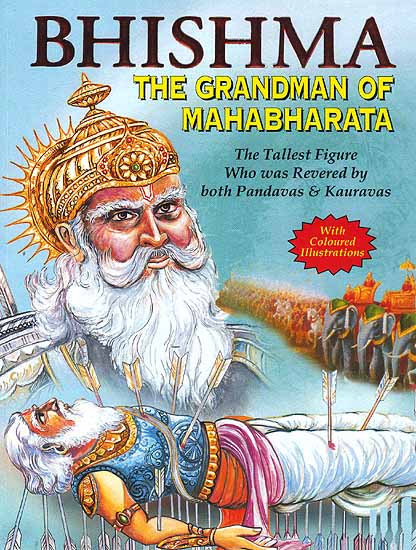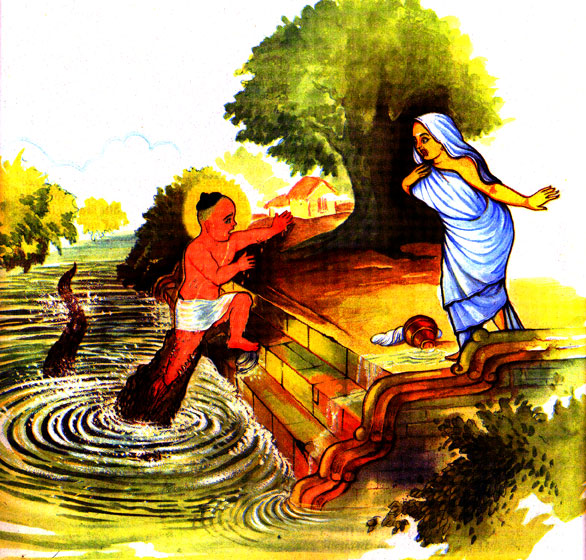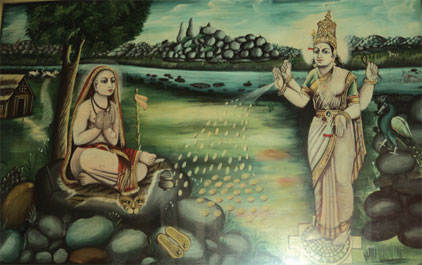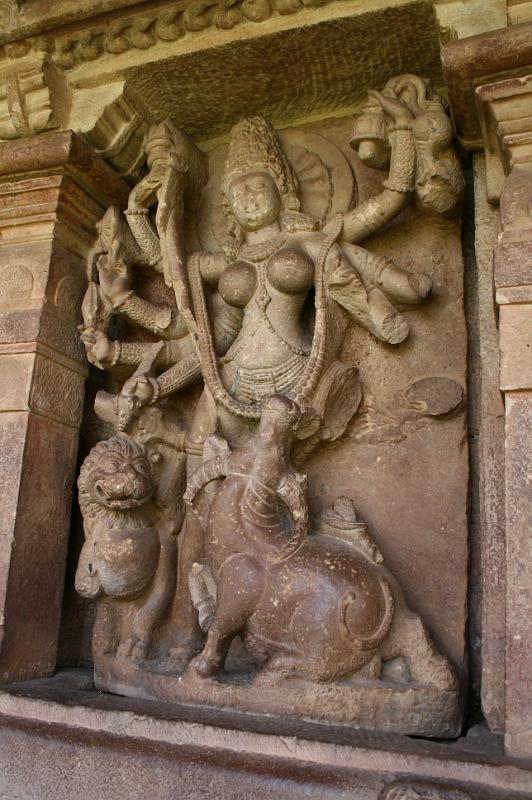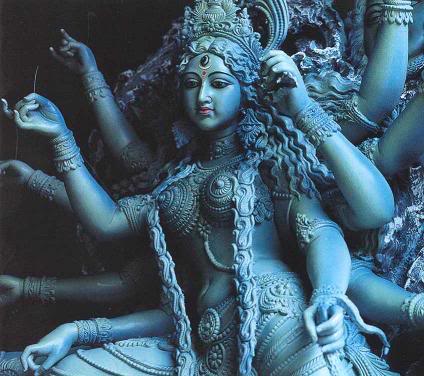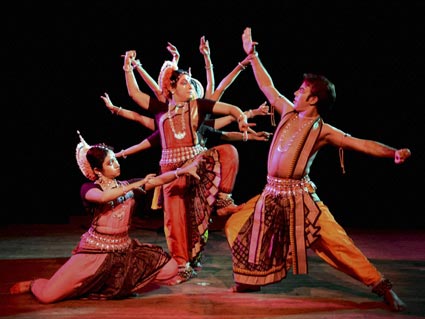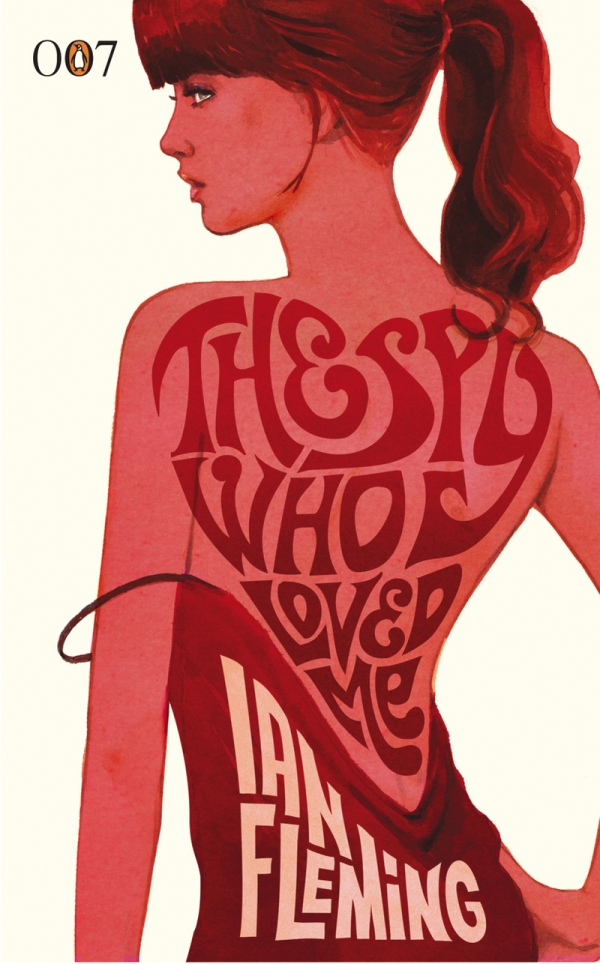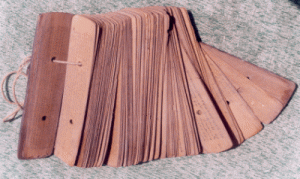ஆராய்ச்சிக் கட்டுரையாளர் லண்டன் சுவாமிநாதன்
கட்டுரை எண்:— 1199; தேதி 28 ஜூலை 2014.
எல்லோரும் ஏற்றுக் கொண்ட ஒரு விஷயத்தை மறுதலித்து காரசாரமான விவாதத்தைத் தோற்றுவிப்பதோ, இதன் மூலம் பிஎச்.டி பட்டம் பெறுவதோ என் நோக்கம் அல்ல. சிலப்பதிகாரம் என்னும் இளங்கோ அடிகளின் அற்புதமான காவியத்தை சிறு வயது முதலே படித்து ரசிப்பவன் நான். இப்போது திடீரென ஒரு உண்மை புலப்பட்டது. ஏராளமான இடங்களில் பிராமண கதா பாத்திரங்களை நுழைத்தும், அவர்களை வானளாவப் புகழ்வதும் எனக்கு பெரு வியப்பை ஏற்படுத்தியது. அதை உங்களுடன் பகிர்ந்துகொள்ள ஆசை பற்றி அறையலுற்றேன்
எல்லோரும் நம்பும் கொள்கைகள்
1.சிலப்பதிகாரத்தை எழுதியவர் இளங்கோ. அவர் சேரன் செங்குட்டுவனின் சகோதரர். அவர் சமண மதத்தைத் தழுவினார்.
2.சிலப்பதிகாரம் இரண்டாம் நூற்றாண்டில் எழுந்த காவியம்.
நான் இதை மறுப்பதற்கான காரணங்கள்:
1.இளங்கோ என்பவர் இதனுடைய கருப்பொருளைக் கொடுத்திருக்கலாம். ஆயினும் காவியம் எழுந்தது இரண்டாம் நூற்றாண்டில் அல்ல. நிகழ்ச்சி நடந்தது இரண்டாம் நூற்றாண்டில்தான் என்பது மறுக்க முடியாத விஷயம். ஆனால் மொழி நடையும் காவியத்தில் காணப்படும் விஷயங்களும் சங்க காலத்துக்கு மிகவும் பிற்பட்டது. ‘அதிகாரம்’ — என்னும் சம்ஸ்கிருதச் சொல் வரும் திருக்குறள், தொல்காப்பியம், சிலப்பதிகாரம் ஆகிய மூன்றும் நான்கு அல்லது ஐந்தாம் நூற்றாண்டில் எழுந்தவை என்பது என் கணிப்பு. வேத, உபநிஷத நூல்களுக்கு மாக்ஸ்முல்லர் கையாண்ட உத்தியை நாம் இதற்கும் பின்பற்றலாம். மொழி மாற்றத்துக்கு அவர் 200 ஆண்டுகள் ஒதுக்கி வேதத்தின் காலத்தை கி.மு 1200 க்கு முந்தியது என்று சொன்னார்.
2. சிலப்பதிகாரம் இந்துமதக் கலைக் களஞ்சியம். ஒரு வேளை நாளைக்கே சம்ஸ்கிருதத்தில் உள்ள எல்லா நூல்களும் மறைந்து போனாலும், திருக்குறளும், சிலப்பதிகாரமும் இந்து மதத்தைக் காப்பாற்றும் அளவுக்கு அவற்றில் விஷயங்கள் உள்ளன.
3. சிலப்பதிகாரம் 95% இந்துமதமும், 4% சமண மதமும் 1% புத்த மதமும் உள்ள காவியம். இதில் வியப்பான விஷயம் என்னவென்றால் பிராமண ஆதிக்கம் மேலோங்கி இருப்பதாகும். காவியத்துக்குள் எங்குமே இளங்கோவின் சமயம் எது என்பது பிரஸ்தாபிக்கப் படவில்லை. சில உரை அசிரியர்கள் செவிவழிச் செய்தியை எழுதியதில் இப்படி ஒரு விஷயம் வந்தது. உரைகாரர்கள் சொன்ன எல்லாவற்றையும் எல்லோரும் ஏற்பதில்லை. ஆகையால் ஒதுக்கும் உரிமை எமக்குளது.
4.சமண மதத்தினரும் புத்த மதத்தினரும் தெய்வ நம்பிக்கை உடையவர்கள் அல்ல. அவற்றைத் தோற்றுவித்தவர்கள் தெய்வங்களைக் கும்பிடு என்றோ, வேதங்களை ஆதரி என்றோ எழுத மாட்டார்கள். ஆனால் இளங்கோவோ வரந்தரு காதையில் தன் கருத்துக்களை முன் வைக்கையில் தெய்வத்தைக் கும்பிடுங்கள் என்கிறார். (காண்க எனது சிலப்பதிகாரப் பொன்மொழிகள்). யாக யக்ஞங்களைப் போற்றுகிறார்.
5. சமண நாமாவளி, புத்த விஹாரம், சமணர் பள்ளிகளை இளங்கோ விதந்து ஓதி இருப்பதை மறுக்க முடியாது. இது அக்காலத்தில் பூம்புகாரில் நிலவிய உண்மை நிலையை உணர்த்த எழுதி இருக்கலாம். காவியத்தில் வரும் கவுந்தி அடிகள் என்ற சமணப் பெண் துறவி உண்மையிலேயே கோவலன், கண்ணகிக்கு உதவி செய்ததாலும் இப்படி எழுதி இருக்கலாம்.கதைப் போக்கை மாற்ற யாருக்கும் உரிமை இல்லையே!!
6. இனி இளங்கோ அடிகள் நுழைத்த பத்துப் பதினைந்து பிராமண கதா பாத்திரங்களையும் மதுரையை எரிக்கும்போது பிராமண ஜாதியினரை மட்டும் எரிக்காதே என்று அக்னி தேவனுக்கு கண்ணகி உத்தரவு போட்டதையும், இமயமலைக்குப் போனவுடன் செங்குட்டுவன், பிராமணர்களுடைய யாகங்களுக்கு எந்த ஊறும் செய்யக்கூடாது என்று படைகளுக்கு உத்தரவு போட்டதையும் ஒவ்வொன்றாகக் காண்போம். இவர் மட்டும் சமணராக இருந்திருந்தால் பிராமண என்னும் இடத்தில் எல்லாம் ஸ்ரமண (சமண) என்று நுழைத்திருப்பார்.
7. சிலப்பதிகாரத்தில் வரும் பிராமணர்கள்:
1)மா முதுபார்ப்பான் மறைவழி காட்டிட கண்ணகி கல்யாணம்
2)தெய்வ மால்வரைத் திருமுனி அருள (அகத்தியர், பிராமணர்)
3)தூய மறையோன் பாசண்டச் சாத்தன்
4)தேவந்தி என்னும் பார்ப்பனி
5)வழிகாட்டும் மாமுது மறையோன் (காடுகாண் காதை)
6)கோசிகன் (கௌசிகன்) தூது
7)நான்மறை முற்றிய நலம்புரி கொள்கை மாமறை முதல்வன் மாடலன்
8) வளைந்த யாக்கை மறையோன் தன்னை- யானையிடமிந்து கோவலன் காப்பாற்றிய பிராமணன்
9) கீரிப்பிள்ளை- பார்ப்பனி கதை/ கோவலன் சம்ஸ்கிருதக் கடிதத்தைப் படித்து உதவி
10) பார்ப்பன கோலத்தில் அக்னி பகவான்
11)பிராமணர்களை எரிக்காதே: கண்ணகி உத்தரவு
12)மறை நாஓசை அல்லது மணி நா ஓசை கேளா பாண்டியன்
13)பார்ப்பன கீரந்தை மனைவிக்கு பொற்கைப் பாண்டியன் உதவி
14)வலவைப் பார்ர்பான் பராசரன் வைத்த போட்டி
15)வார்த்திகன்/கார்த்திகை/தட்சிணாமூர்த்தி கதை
16)மாடனுக்கு துலாபாரம்: எடைக்கு எடை தங்கம்!!!
17)வடதிசை மருங்கின் மறைகாத்து ஓம்புநர்…போற்றிக்காமின்
18)சாக்கையர் (பிராமண நடனக் குழு) நடனம்
19)மாடலன் சொற்படி மாபெரும் வேள்வி
பிராமணர்களின் புகழும் சோழ நாட்டின் புகழும் சிலப்பதிகார காவியத்தில் தூக்கலாக இருகிறது. இளங்கோ பெயரில் எழுதியது சோழிய பிராமணனா?
((கட்டுரையின் இரண்டாம் பகுதியில் மேற்கண்ட 19 விஷயங்களையும் சுருக்கமாக வரைவேன்)
contact swami_48@yahoo.com
தொடர்பு முகவரி: சுவாமி_48 @ யாஹூ.காம்

